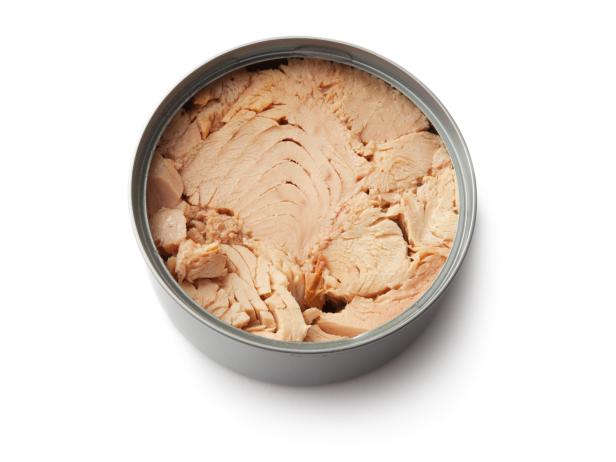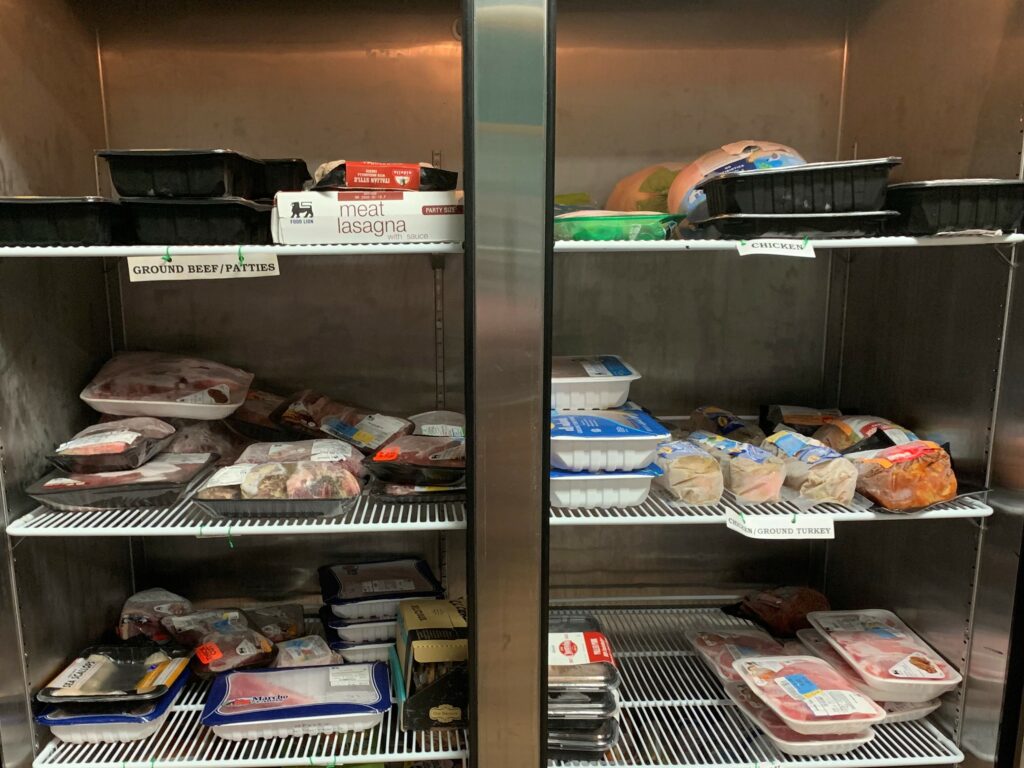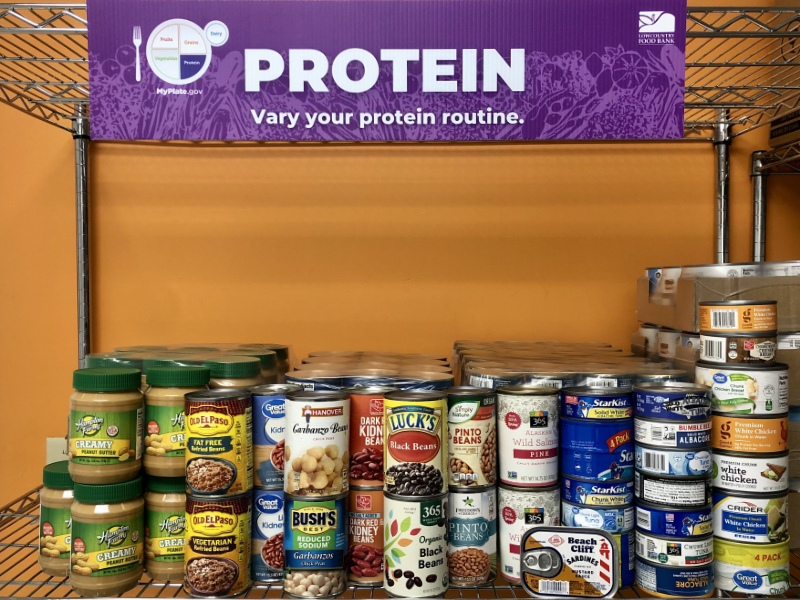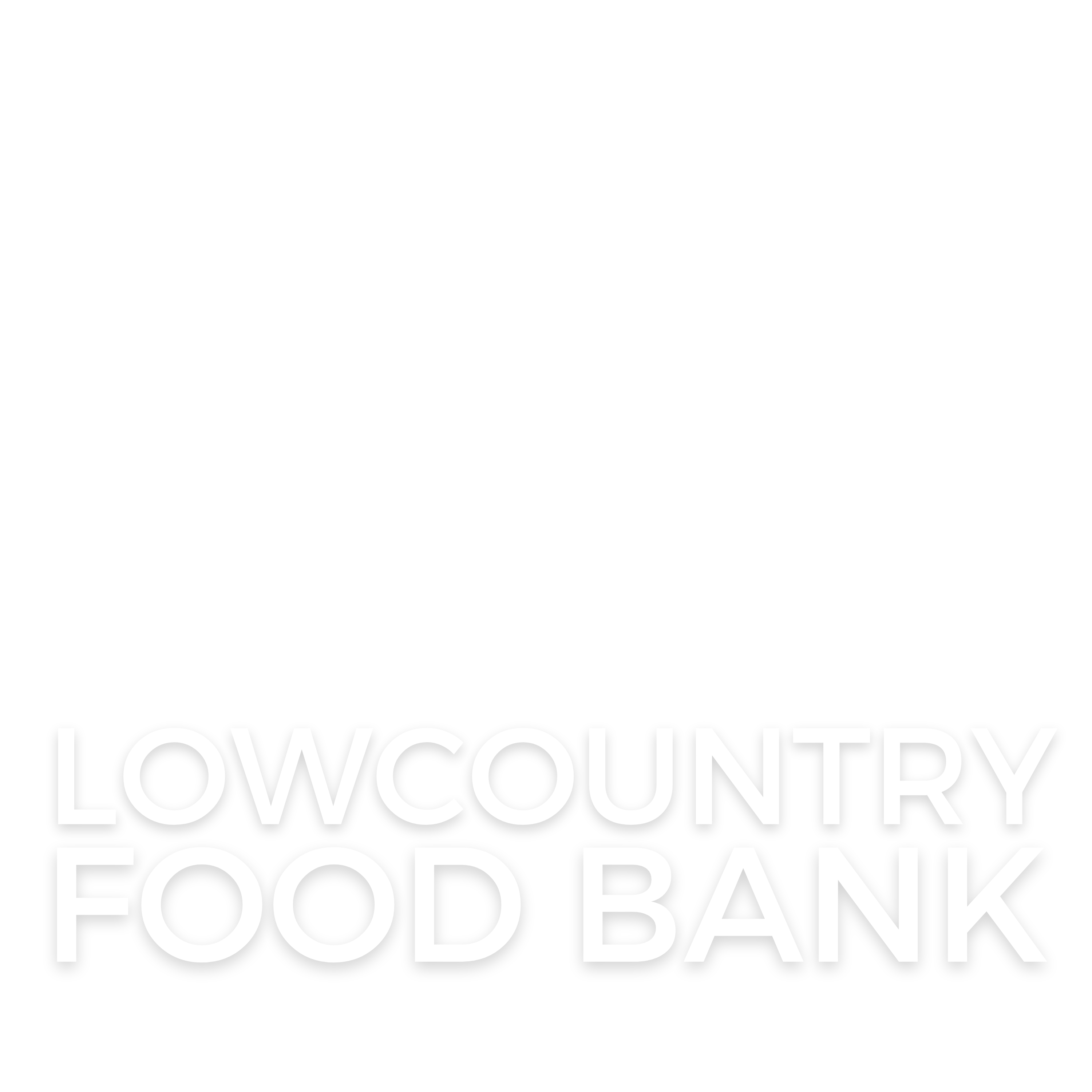Protein

Go for a variety of meat and non-meat (plant) proteins.



Prioritize items low in saturated fat and sodium, when possible.
Fresh & Frozen
Canned & Jar
Dried
Fresh & Frozen
Examples: Lean beef, chicken, fish, pork loin, beans, or eggs.
Prioritize leaner cuts of meat like pork loin and skinless chicken, if available.
Canned & Jar
Examples: tuna, chicken, turkey, salmon, beans, and peanut butter.
Prioritize a variety of items packed in water with reduced or no salt added.
Dried
Examples: beans, lentils, peas, nuts, and seeds are great shelf stable options.
Beans are a special food that is listed in proteins and in the vegetable group.
When organizing the pantry based on food groups, it is recommended that you put beans with the protein group since they are also considered a vegetarian protein source.
Dried usually don’t have anything additional added and are good to go. Prioritize no salt added nuts & seeds, when possible.
Stocking Protein
Organize by like items and separate by low/no sodium options. Focus on lean meats, fish, chicken, beans, and lentils. By offering a variety of shelf stable proteins, you will be able to help all the guests you may have.

If possible, start rotating in alternatives to change up the inventory selection.
Example: This month you offer tuna, beans, and chicken. Next month your inventory changes to allow it to be salmon, ground turkey, and peanut butter or another combination that works for you to have in stock.
Don’t worry. If you are concerned about how to make this possible, we will review some creative ways to improve inventory in step 4.

